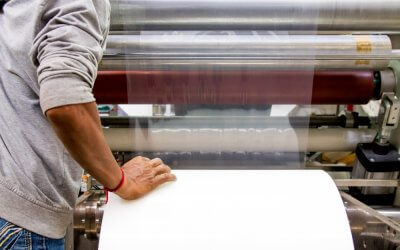In this mini-series, we will provide a primer for those who are looking to take an idea and make it into a reality. The process can be daunting—so here’s a roadmap to get you started.
Step I: Conceptualization
So you have a brilliant idea. A revolutionary idea. A product that will change everything. Where do you go from here? For most people, the answer is nowhere—you think about how great it would be, maybe mention it to friends when it comes up in conversation, but it never becomes a reality. But maybe you aren’t most people, and you want your idea to be fully realized. Maybe you are motivated to see your product on the market, and honest with yourself about how much work it will be. That’s a great start, and we can help you get the rest of the way.
One of the main issues with the ‘conceptualization’ phase of the process is that it is rarely paid the attention it warrants. Having the idea is only the beginning. From there you need to start moving the product from the imaginary realm to reality. Depending on your background, skills, and available resources, this can be achieved in a number of different ways. That being said, there are a few key outputs that you must be able to produce in order to move forward with confidence.
To move on, you will need to have detailed drawings (with detailed specifications), prototypes, and an idea of quantities. Drawings help to flesh out your idea. Seeing a rendering of your concept can trigger questions you may not have considered—what should this component be made of? Is the size reasonable? What might this weigh? What does it look like in real life? The drawing might also highlight potential flaws or sticking points in the design of the product.
The prototype is a logical progression from the drawings. This allows you to see, touch, and operate your product, and identify issues that might not have been made obvious by the drawings. It also allows you to put the product in the hands of your eventual manufacturer, so they can see exactly what it is that you want. What’s more, the prototype can be used to gauge people’s reactions to the product, gather feedback, and assess whether it is worth it to move forward with production or not.
The final output you must have before moving forward with production is an idea of the quantities you will be working with. This is pivotal information, and it can change as your idea evolves, but it should always be realistic and based on diligent research. In order to arrive at this number, it will be important to develop a solid business plan and project manufacturing costs and demand for the product.
Throughout this initial phase, it is important to seek out advice and feedback. The more expert advice on product design and honest feedback on the usefulness of your product you can you gather, the more likely you will be to succeed. So take your time, budget some of your available resources, and be thorough.
Once you are done, you will be ready to move on to the next phase: identifying suppliers.




0 Comments